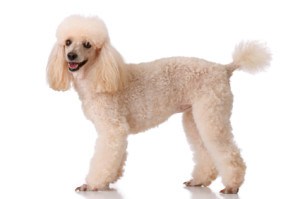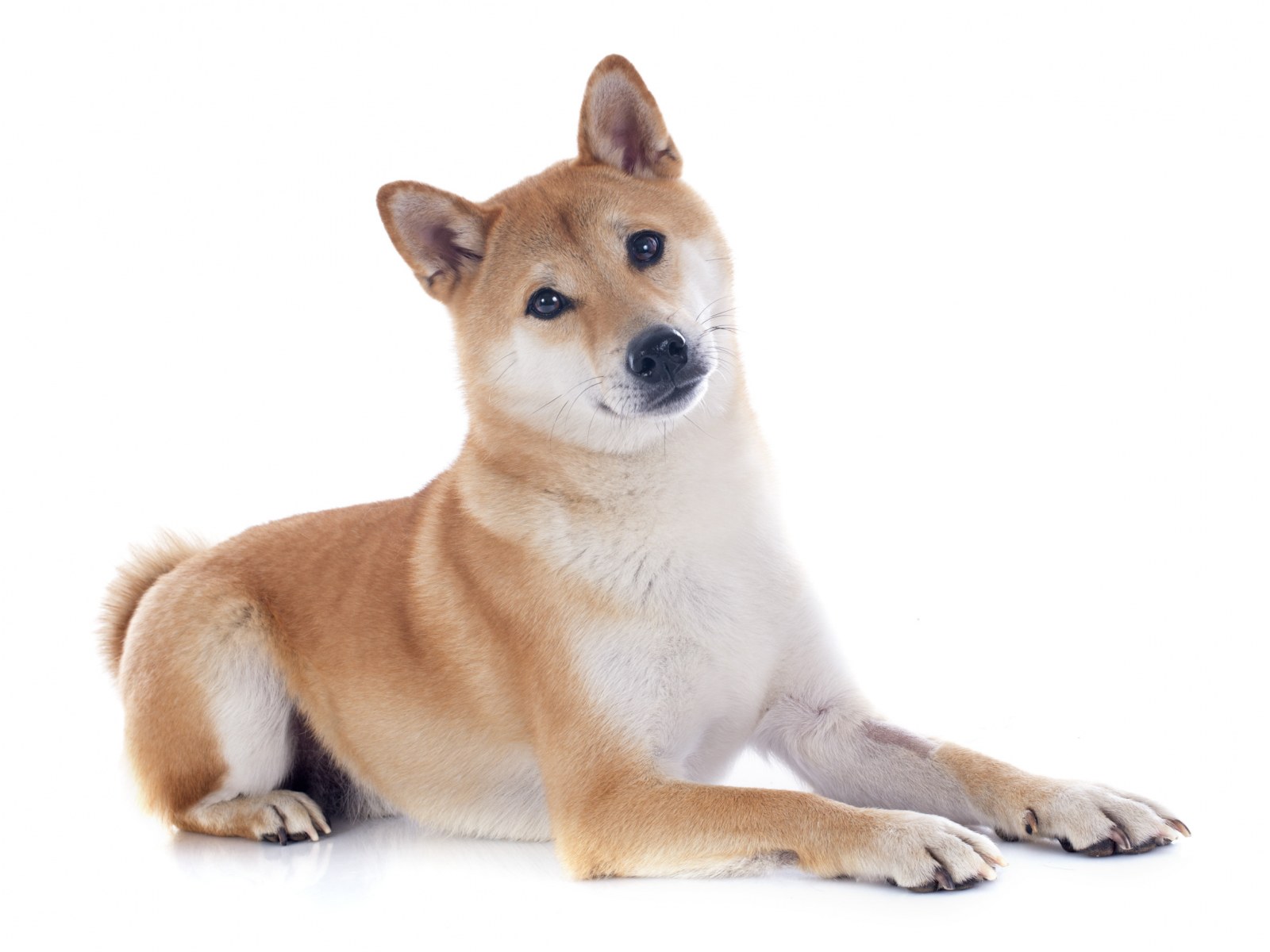Here’s a few grooming tips when working on different body parts of your Poodle.
Feet
Shaved feet look neat and minimize the dirt tracked into your house. With a little practice, you can learn to touch up your Poodle’s feet in between visits to the groomer. Use a # 10 or #15 blade, and shave against the direction of hair growth beginning at the base of the nails.
If your Poodle is in a pattern, use this as a guide. Do not shave higher than the end of the big pad on the back of the foot. Shave all the hair from the top, spread the toes with your free hand, and carefully remove hair between them.
Ears
Poodles should have their ears checked daily and rinsed weekly with ear cleaning solution or a mild dilution of water and vinegar. Regular cleaning maintains a pH level that will discourage infection. Hold the ear flap open, squeeze the solution into the ear canal, massage it in, and wipe away any debris with a cotton ball. His ear leather and ear canal should be pale pink, dry, and odorless. Head shaking, ear scratching, redness, or noticeable odor merit a trip to the veterinarian.
Ear mites, burrs, and foxtails in the ear canal are not visible, but they will cause severe pain and ongoing trouble. Dampness invites infection, and yeast and bacterial infections are common causes of canine ear trouble. Ears must be thoroughly dried after a bath or swim. Use a handheld dryer on low to dry them inside and out.
Keeping his ear canals free of hair also helps prevent a build-up of debris and bacteria. Sprinkle ear powder or baking soda onto the hair to make it easy to grip. Gently pull with your fingertips or tweezers, and it should come out easily and painlessly. Hair growing on the ear flap or around the base of the ear is not easily removed, and trying to do so will cause pain.
Topknots
Hair falling into your dog’s eyes is uncomfortable and unsanitary. Your Poodle’s head coat must be trimmed or banded into a topknot. To scissor the topknot, comb all the hair over to one side. Trim with curved scissors following the outline of the head from the eye over the ear, stopping just behind the ear. Comb the hair to the other side and scissor the same line again. Continue combing and shaping until it is symmetrical.
If it is not trimmed, his head coat will be long enough to band by six months of age. He should be accustomed to wearing topknot bands earlier to ensure that he does not yank or chew them off and destroy his head coat.
By three or four months of age, begin putting a barrette or orthodontic band in his topknot during his daily grooming session. At first, he will do his best to remove it. Just keep putting it back until he becomes accustomed to it. This won’t cause much damage to a short puppy coat.
Comb up the hair from the bridge of his muzzle to the outside corners of his eyes, being careful not catch his ear coat or pull the hair too tightly. Wrap a band twice around the hair to secure it. It should be brushed out and redone every couple of days. Cut the band with blunt-tipped scissors to remove it, never pull it out. Add additional bands every 2 or 3 inches as his coat grows.

